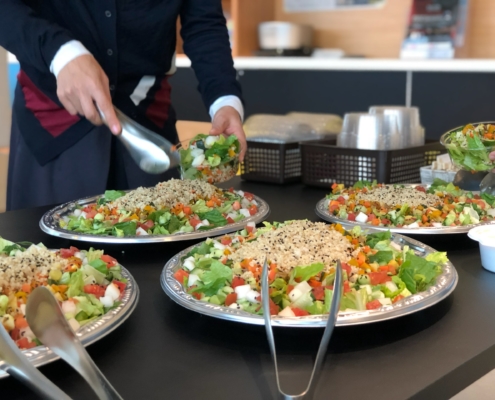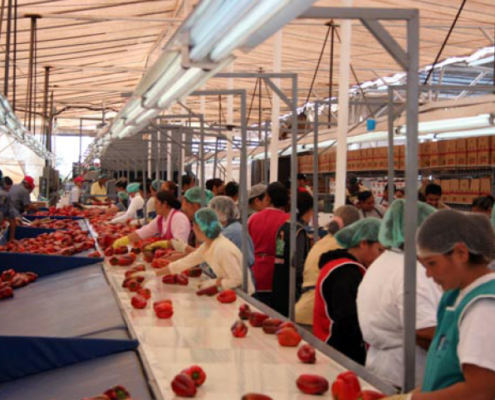 https://attra.ncat.org/wp-content/uploads/2022/09/packinghousestipsheet_feature-pic.png
482
729
Amy Smith
/wp-content/uploads/2022/06/ATTRAlogo_RGB-340x156.png
Amy Smith2022-09-02 10:56:332024-09-23 15:22:47Tips for Selling to Produce Packing Houses
https://attra.ncat.org/wp-content/uploads/2022/09/packinghousestipsheet_feature-pic.png
482
729
Amy Smith
/wp-content/uploads/2022/06/ATTRAlogo_RGB-340x156.png
Amy Smith2022-09-02 10:56:332024-09-23 15:22:47Tips for Selling to Produce Packing Houses https://attra.ncat.org/wp-content/uploads/2022/08/wholesalebuyers.jpg
396
720
Amy Smith
/wp-content/uploads/2022/06/ATTRAlogo_RGB-340x156.png
Amy Smith2022-09-01 17:40:342024-09-23 15:20:55Tips for Selling to Wholesale Buyers at Terminal Markets
https://attra.ncat.org/wp-content/uploads/2022/08/wholesalebuyers.jpg
396
720
Amy Smith
/wp-content/uploads/2022/06/ATTRAlogo_RGB-340x156.png
Amy Smith2022-09-01 17:40:342024-09-23 15:20:55Tips for Selling to Wholesale Buyers at Terminal Markets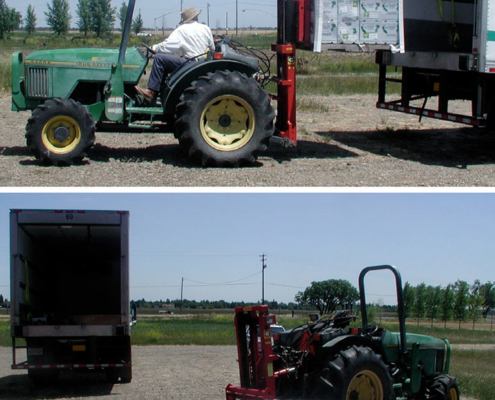 https://attra.ncat.org/wp-content/uploads/2022/08/aggregators.jpg
1049
720
Amy Smith
/wp-content/uploads/2022/06/ATTRAlogo_RGB-340x156.png
Amy Smith2022-08-31 16:16:242024-09-23 15:18:58Tips for Selling to Aggregators/Grower Marketing Coops
https://attra.ncat.org/wp-content/uploads/2022/08/aggregators.jpg
1049
720
Amy Smith
/wp-content/uploads/2022/06/ATTRAlogo_RGB-340x156.png
Amy Smith2022-08-31 16:16:242024-09-23 15:18:58Tips for Selling to Aggregators/Grower Marketing Coops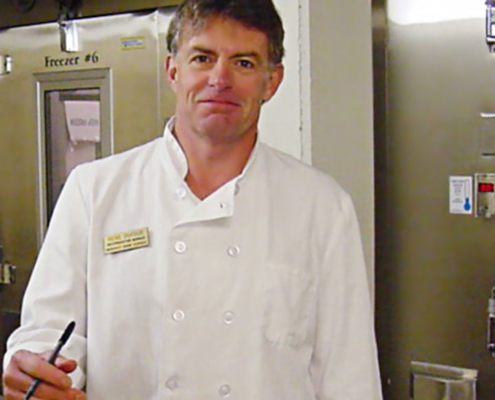 https://attra.ncat.org/wp-content/uploads/2022/08/institutional.jpg
654
720
Amy Smith
/wp-content/uploads/2022/06/ATTRAlogo_RGB-340x156.png
Amy Smith2022-08-31 15:22:352024-09-23 15:19:58Tips for Selling to Institutional Markets
https://attra.ncat.org/wp-content/uploads/2022/08/institutional.jpg
654
720
Amy Smith
/wp-content/uploads/2022/06/ATTRAlogo_RGB-340x156.png
Amy Smith2022-08-31 15:22:352024-09-23 15:19:58Tips for Selling to Institutional Markets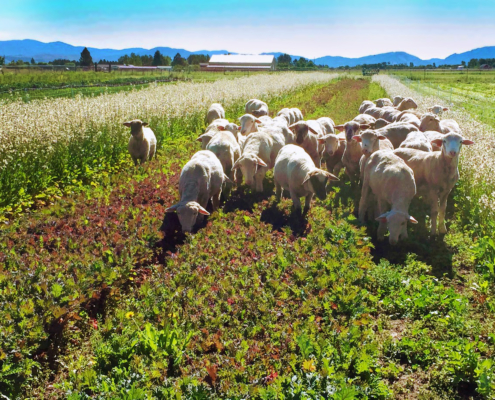 https://attra.ncat.org/wp-content/uploads/2021/04/image1.jpg
920
1227
NCAT IT
/wp-content/uploads/2022/06/ATTRAlogo_RGB-340x156.png
NCAT IT2022-08-17 16:07:502023-12-05 14:30:26Food Safety Considerations for Integrating Livestock into Produce Cropping Systems
https://attra.ncat.org/wp-content/uploads/2021/04/image1.jpg
920
1227
NCAT IT
/wp-content/uploads/2022/06/ATTRAlogo_RGB-340x156.png
NCAT IT2022-08-17 16:07:502023-12-05 14:30:26Food Safety Considerations for Integrating Livestock into Produce Cropping Systems
Episode 267. How Farmers Markets Do More than Sell Local Goods
The National Center for Appropriate Technology has released a new study detailing the economic impact of farmers markets in Montana, and it has launched a new website to connect markets, farmers, and communities. In this episode of Voices from the Field, NCAT Communications Director Emilie Ritter Saunders speaks with Maura Henn, NCAT’s Community Food Systems Specialist, about these new resources and unexpected ways farmers markets make a big impact.
Emilie Ritter Saunders and Maura Henn
Emilie Ritter Saunders and Maura Henn
 https://attra.ncat.org/wp-content/uploads/2022/03/Intervale-food-hub.jpg
931
1400
NCAT IT
/wp-content/uploads/2022/06/ATTRAlogo_RGB-340x156.png
NCAT IT2022-08-16 17:22:492023-12-05 12:27:01Food Hubs: A Producer Guide
https://attra.ncat.org/wp-content/uploads/2022/03/Intervale-food-hub.jpg
931
1400
NCAT IT
/wp-content/uploads/2022/06/ATTRAlogo_RGB-340x156.png
NCAT IT2022-08-16 17:22:492023-12-05 12:27:01Food Hubs: A Producer Guide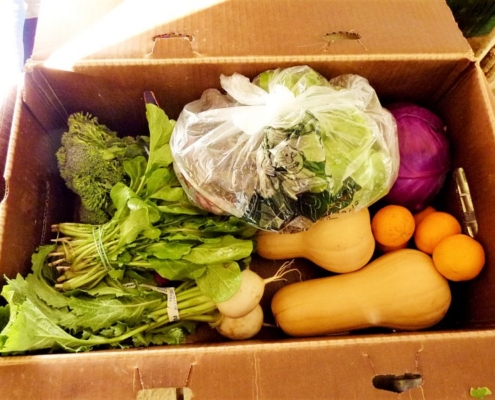 https://attra.ncat.org/wp-content/uploads/2022/07/FB_CSA_Share-800x600-1.jpg
600
800
NCAT IT
/wp-content/uploads/2022/06/ATTRAlogo_RGB-340x156.png
NCAT IT2022-08-15 17:21:522022-12-30 11:11:02How to Accept SNAP Payments: A Guide for Montana CSA Farms
https://attra.ncat.org/wp-content/uploads/2022/07/FB_CSA_Share-800x600-1.jpg
600
800
NCAT IT
/wp-content/uploads/2022/06/ATTRAlogo_RGB-340x156.png
NCAT IT2022-08-15 17:21:522022-12-30 11:11:02How to Accept SNAP Payments: A Guide for Montana CSA Farms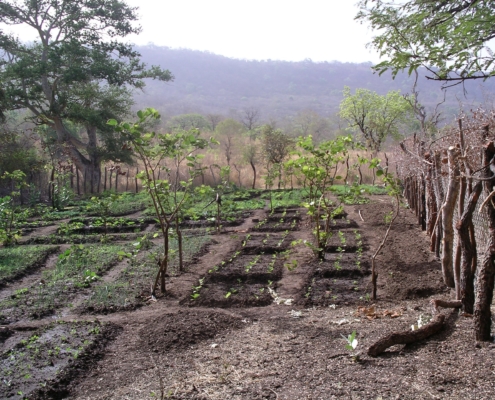 https://attra.ncat.org/wp-content/uploads/2021/03/Community-garden-in-Senegal-scaled-1.jpg
1920
2560
NCAT IT
/wp-content/uploads/2022/06/ATTRAlogo_RGB-340x156.png
NCAT IT2022-08-04 15:27:342023-11-16 11:07:39Community Gardening
https://attra.ncat.org/wp-content/uploads/2021/03/Community-garden-in-Senegal-scaled-1.jpg
1920
2560
NCAT IT
/wp-content/uploads/2022/06/ATTRAlogo_RGB-340x156.png
NCAT IT2022-08-04 15:27:342023-11-16 11:07:39Community GardeningFreshly Picked
NCAT Websites
Get Help
Ask an Ag Expert
Call us: 1-800-346-9140
Visit the Forum
Don’t Miss!
National Center for Appropriate Technology
Helping people build resilient communities through local and sustainable solutions that reduce poverty, strengthen self-reliance, and protect natural resources.

